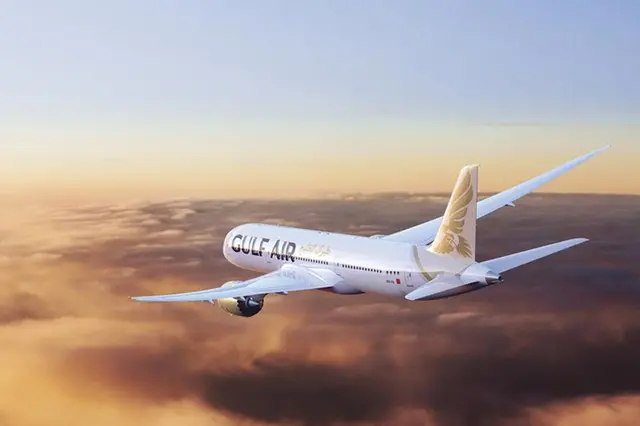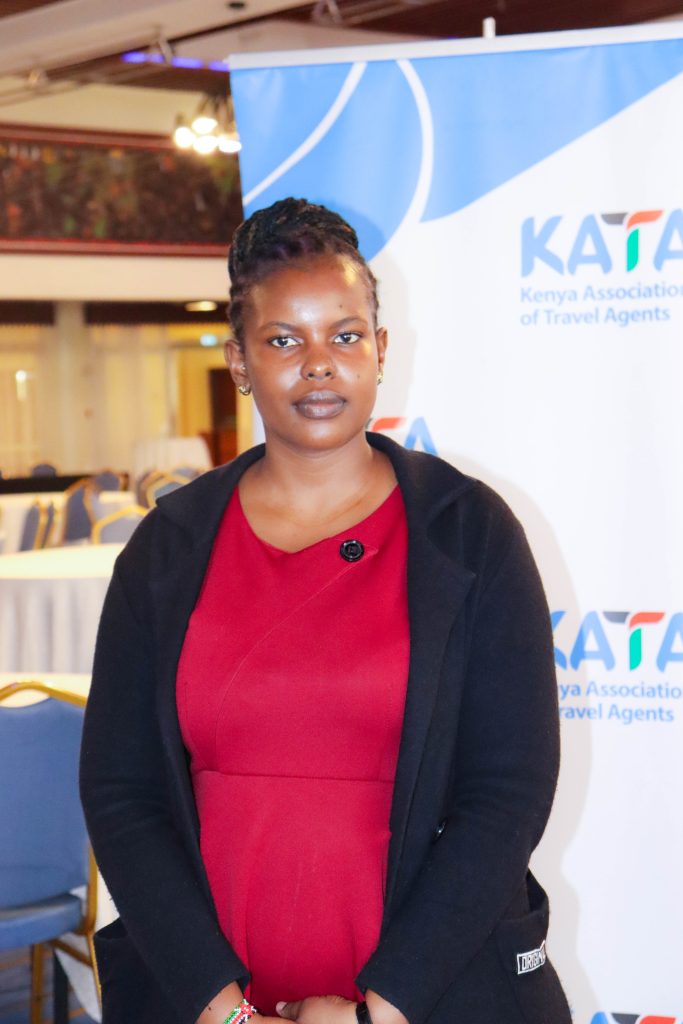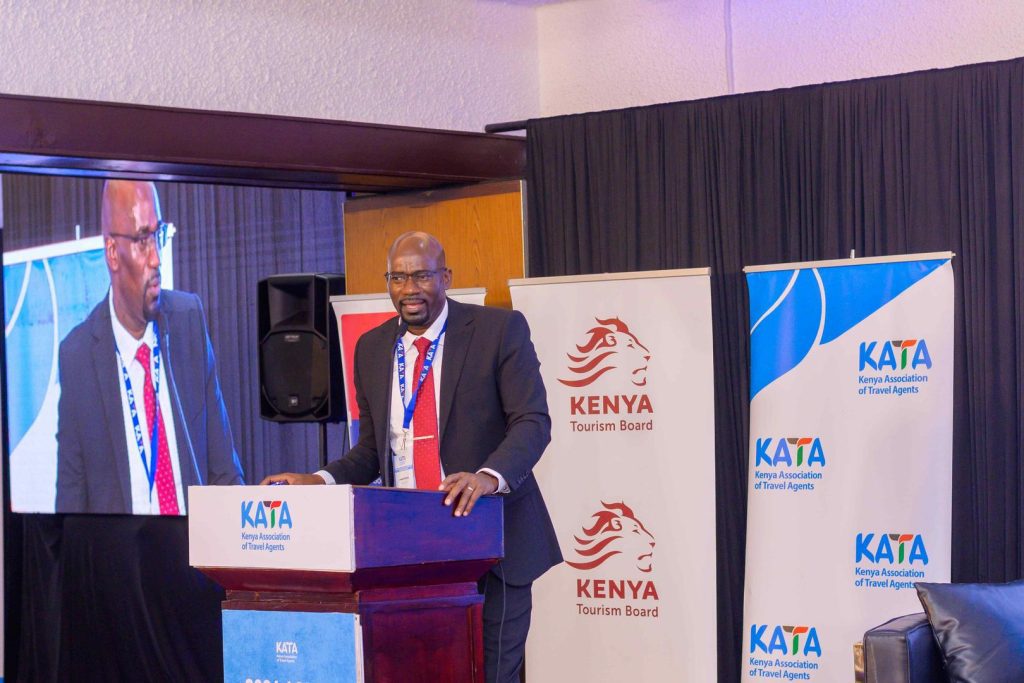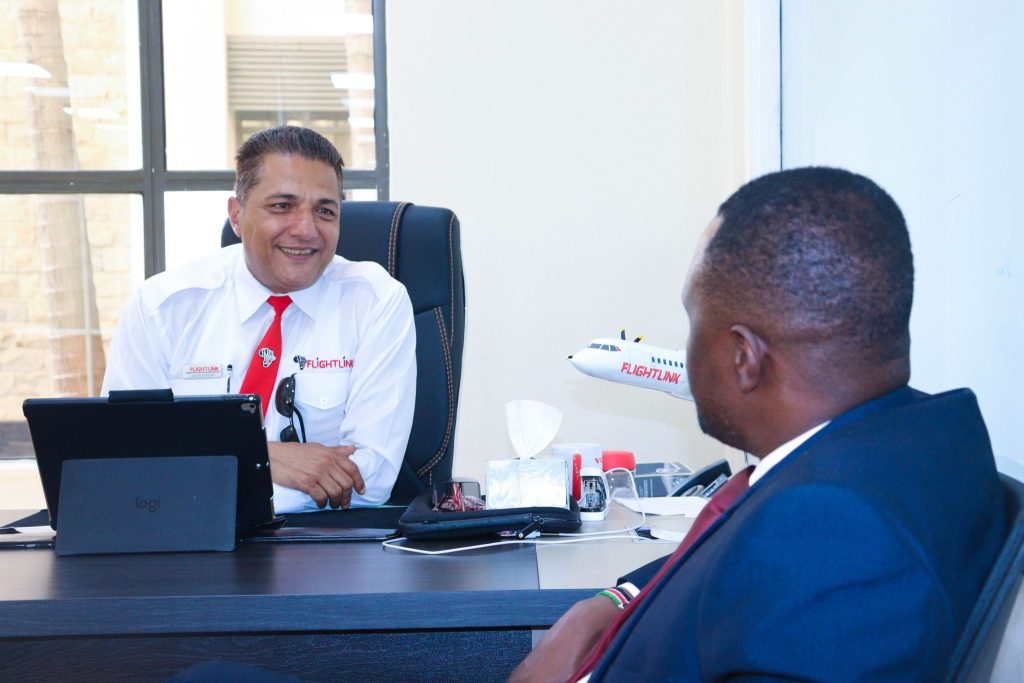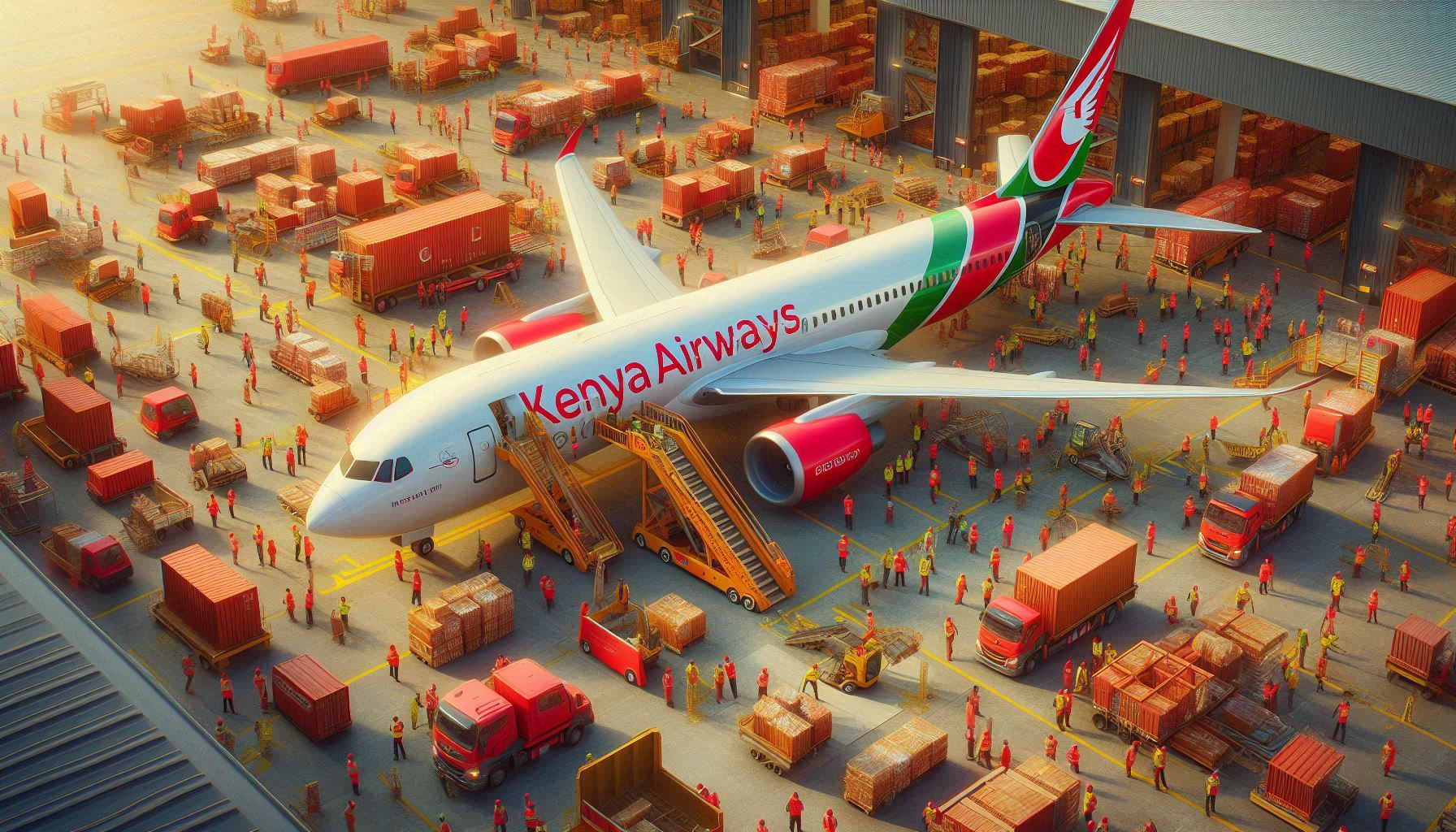Gulf Air, Bahrain’s national carrier, has resumed flights to Nairobi after a 13-year pause, with the first flight landing at Jomo Kenyatta International Airport (JKIA) today.
The route operates five weekly flights, scheduled for Mondays, Wednesdays, Sundays, and two flights on Fridays, ensuring flexibility for the passengers.
This frequency is designed to cater to both leisure and business travellers, with the potential for competitive fares and increased travel options.
This development is part of Gulf Air’s 2025 expansion strategy, which also includes new routes to Europe. It is expected to strengthen economic and cultural ties between Kenya and Bahrain, potentially increasing tourism and trade.
Also Read: Only 2 Weeks to Go: Countdown to KATA’s 2025 AGM & Convention in Mombasa
The Airbus A320neo aircraft will be used for these flights, thanks to their efficiency and modern amenities which will be appealing to a broad range of passengers.
Gulf Air Historical Context and Resumption
The airline previously served Nairobi until November 2012, which included announcements of flight suspensions and promotions for the route.
The resumption after 13 years reflects a strategic decision to re-enter the East African market, driven by growing demand for travel links between South Asia, East Africa, and the Gulf.
This matches with recent developments, such as IndiGo Airlines launching flights from India to Bahrain starting June 15, 2025, indicating a regional trend of increased connectivity.
Nairobi, as a key hub in East Africa, benefits from enhanced access to the Gulf region, which could attract more visitors to explore Kenya’s safari adventures and cultural experiences.
Business travellers are also likely to benefit, with improved connectivity potentially facilitating trade and investment opportunities.
As the service progresses, further details on schedules and fares are expected to emerge, providing more clarity for passengers planning their journeys.
“Today, we proudly receive the Gulf Air inaugural flight to JKIA, marking a new chapter in connectivity between Nairobi and Bahrain. Here’s to new journeys, more choices, and exciting opportunities for business and leisure. Karibu Nairobi, Gulf Air!” Kenya Airports Authority posted on their official X account.
If demand grows, Gulf Air might increase the frequency of flights to Nairobi, potentially moving to daily services. This would depend on passenger numbers and market response in the coming months.
Gulf Air has already promoted Nairobi as a safari destination, and further marketing efforts could target specific traveler segments, such as luxury tourists or business professionals attending regional conferences.
Source: The Kenya Times

